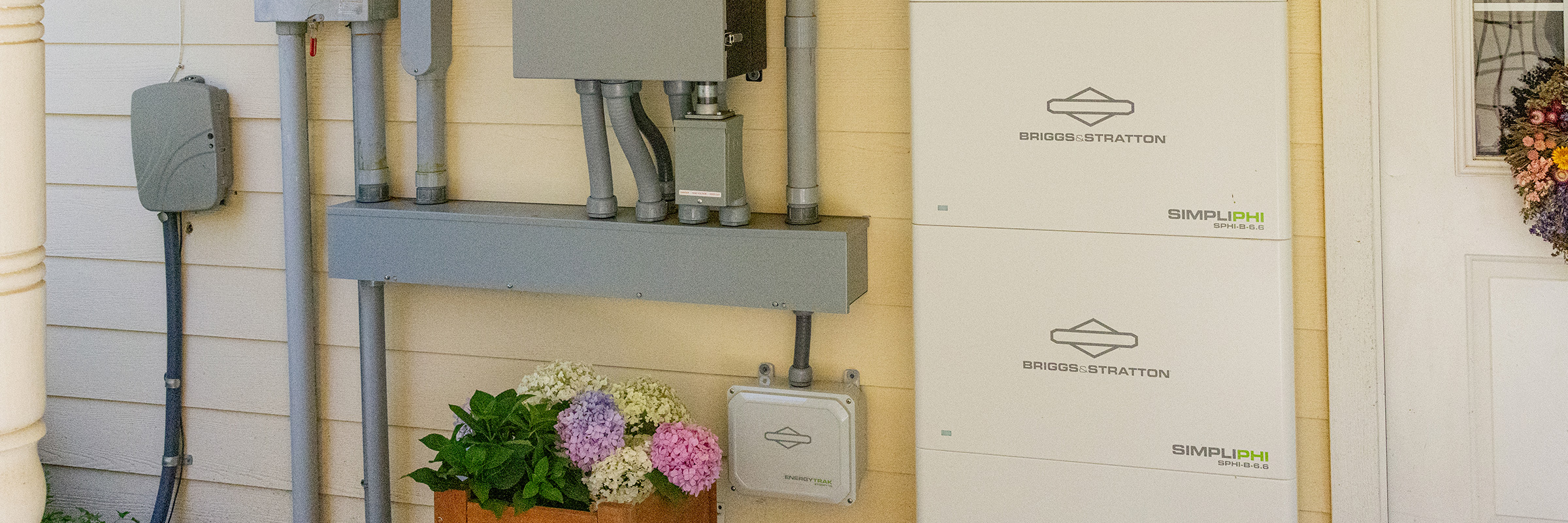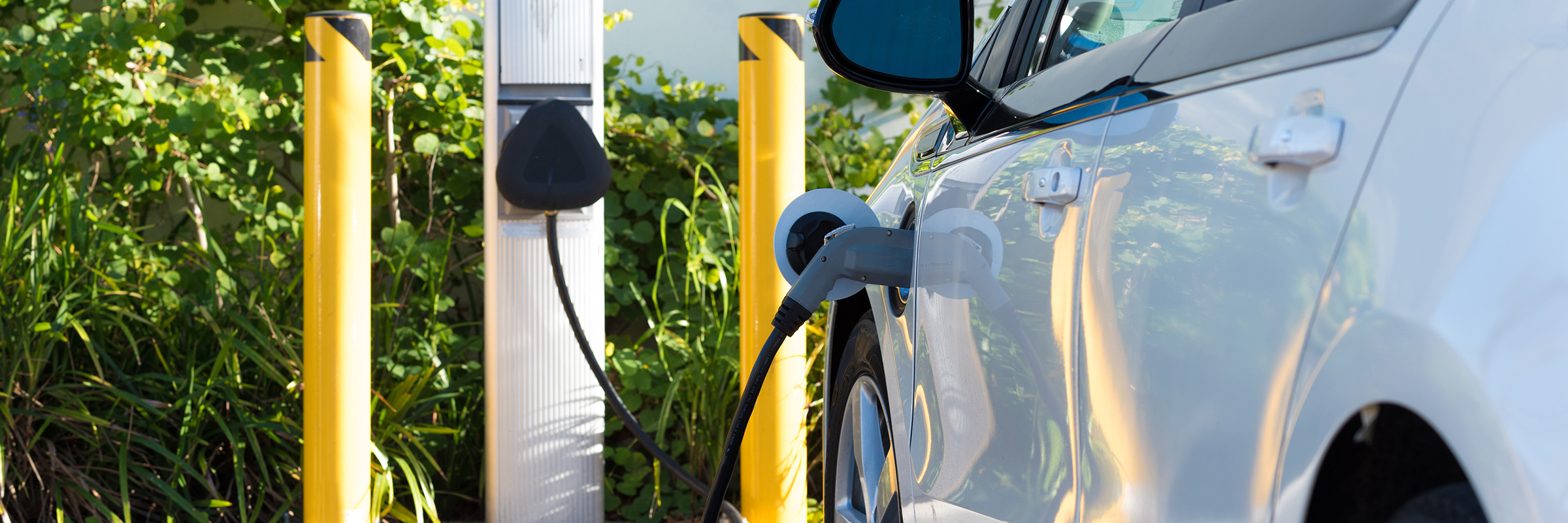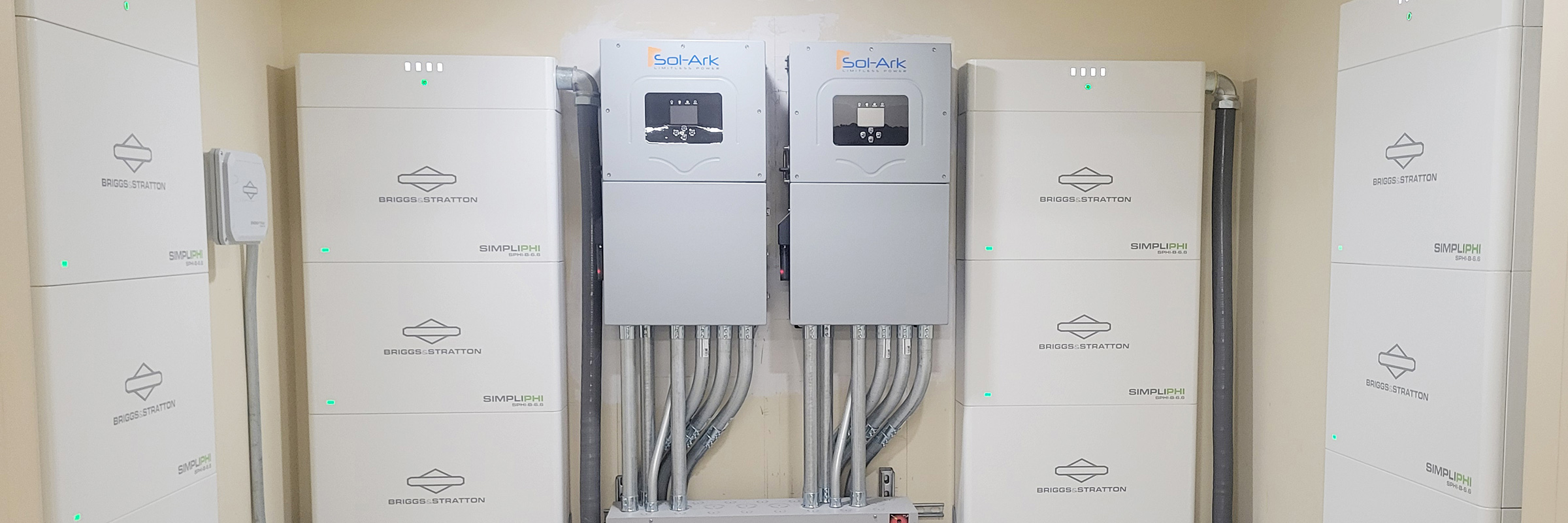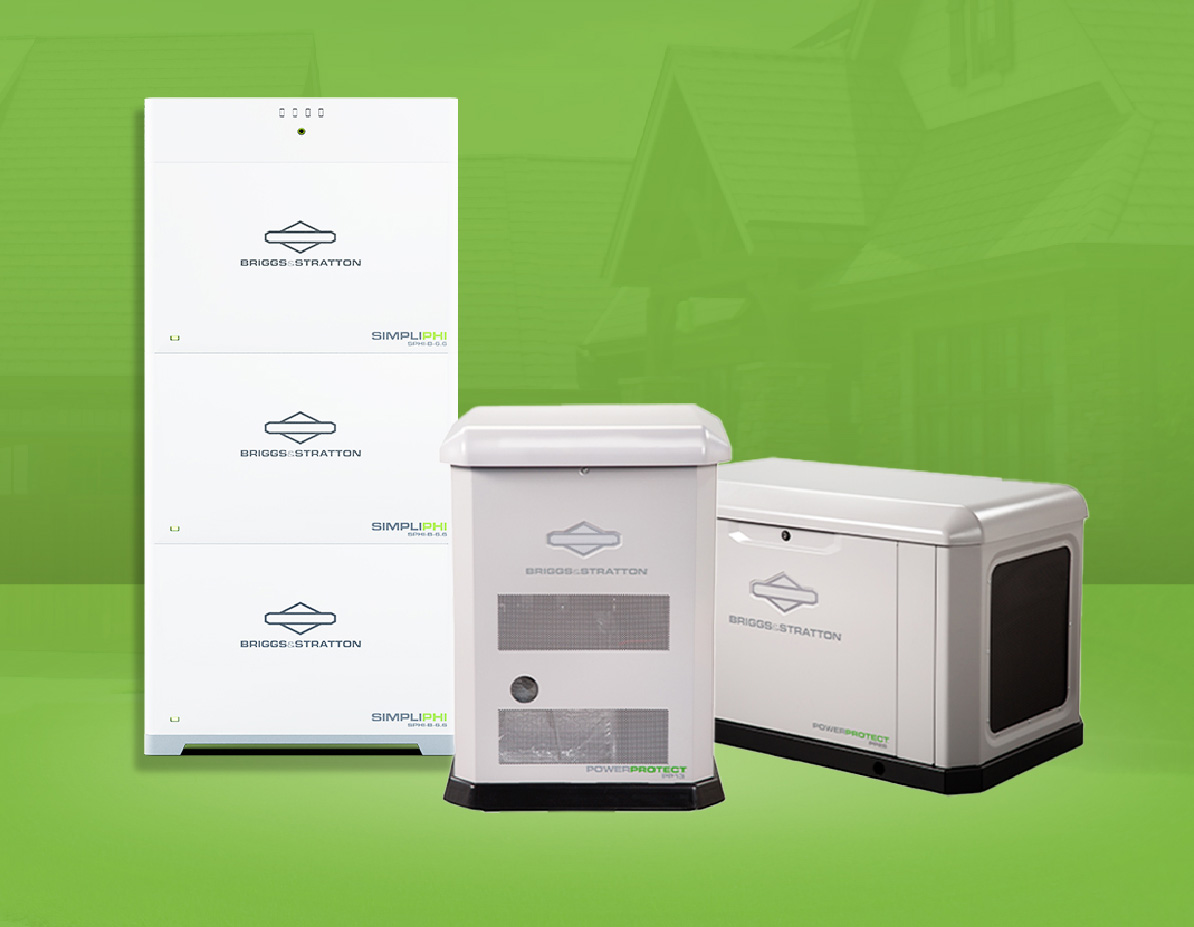Homeowners, if you've been considering making the switch to solar energy, adding battery storage, upgrading to an electric vehicle, or boosting your home's energy efficiency, there's critical news you need to be aware of. The recently passed "One Big Beautiful Bill Act" (OBBB) by Congress has significantly altered the landscape for clean energy incentives, introducing firm deadlines that impact your ability to save. Understanding these changes is crucial to making the most informed decision for your home. Note: This blog is for informational purposes only. Contact a licensed tax professional for guidance on tax incentives.
The Urgency for Residential Purchase and Installation
Given the fast moving changes to the residential federal Investment Tax Credit (ITC) for solar and battery storage, and other home-based clean energy credits, the timeline for homeowners to act is critical:
To take advantage of the full 30% ITC (Section 25D) for your residential solar and/or battery storage system, early interpretation of the Act seems to require that all expenditures must be made and the system placed in service (i.e., fully installed and operational) by December 31, 2025.
Installation timelines can vary, but typically range from two to four months from signing a contract to system activation. With the industry expecting a significant rush in the latter half of 2025 due to this hard deadline, it's highly advisable to begin the process as soon as possible. Waiting until late in the year could mean missing out due to installer backlogs and permitting delays.

Residential Solar & Battery Storage: The Clock is Ticking (Section 25D)
For years, the federal Investment Tax Credit (ITC) has been a powerful driver of solar adoption, offering a 30% tax credit on the cost of solar energy systems. This incentive was a cornerstone for making solar more affordable for millions of Americans. However, the OBBB has delivered a decisive blow to this incentive for homeowners.
The most significant change for homeowners is that the 30% Residential Clean Energy Credit (Section 25D, the ITC for homeowner-owned residential systems, including solar and battery storage) will now end completely for expenses incurred after December 31, 2025. This is a drastic change from previous expectations and means there will be no phase-out or gradual reduction. After this date, the credit for homeowner-owned systems will be 0%.
This means that if you're looking to maximize your savings and take advantage of the 30% ITC, you need to act now. The window of opportunity is closing rapidly, as the credit will not apply to expenditures made after December 31, 2025. This applies equally to residential solar and any battery storage system you install in your home, whether alongside solar or as a standalone upgrade.
A Critical Note on "Placed in Service" and Deadlines: For homeowners claiming the residential Section 25D credit, the general rule has been that the system must be "placed in service" by the deadline. The IRS typically defines "placed in service" as the earlier of the taxable year in which the property is placed in a condition or state of readiness and availability for a specifically assigned function. For residential solar, this generally means the system is fully installed and operational, often evidenced by receiving Permission To Operate (PTO) from your local utility.
It remains unclear whether the IRS's "safe harbor" rules, which apply to commercial projects and allow for certain benchmarks like a down payment to signify project commencement, will extend to the residential Section 25D credit to bridge this upcoming deadline. While making a down payment is a good first step, it is not definitively viewed as "project start" for the residential credit in the same way it is for larger commercial projects. Given the strict December 31, 2025, cut-off, relying solely on a down payment without full installation and operational status could be risky.
Please consult your tax professional for personalized guidance regarding the ITC, the "placed in service" definition and any potential safe harbor interpretations for the residential ITC, especially as the deadline approaches.

Commercial Clean Energy Investment Tax Credit (Section 48E)
What it Means for the Industry (and indirectly, you)
The OBBB introduces the new Clean Energy Investment Tax Credit (Section 48E), largely replacing the previous Section 48 ITC for commercial and utility-scale projects. While this doesn't directly apply to homeowners claiming the residential credit, understanding its changes provides context for the broader market, including how Third-Party Operators (TPOs) will navigate incentives (more on that in our next blog post!).
Solar Facilities (Commercial/Utility-Scale):
Solar facilities that begin construction (pursuant to existing IRS guidance, which includes physical work of a significant nature or incurring 5% of the total project cost) more than 12 months after the bill's enactment are subject to a "placed in service" deadline of December 31, 2027.
Solar facilities that commence construction within 12 months of enactment are not subject to the December 31, 2027, placed-in-service requirement. This provides a longer runway for these projects.
Commercial Energy Storage Projects: This is a key distinction from residential incentives.
Unlike residential battery storage which is tied to the Section 25D expiration, commercial energy storage projects are generally eligible for the Clean Energy Investment Tax Credit (Section 48E).
The "placed in service" deadline of December 31, 2027, does apply to commercial energy storage facilities for Section 48E eligibility if construction began more than 12 months after the bill's enactment.
Critically, the 12-month "shot clock" to commence construction (which applies to solar facilities under 48E) does not specifically apply to energy storage projects. This means commercial energy storage projects are generally eligible for the Section 48E ITC for several years, following the broader phase-out schedule for the Clean Energy Investment Tax Credit (which applies to all qualifying facilities placed in service after December 31, 2024, and extends through at least 2032, before a potential phase-out based on emissions reductions). For now, the 30% credit remains strong for qualifying commercial storage.

Other Repealed Credits: EV and Home-Based Efficiency
The OBBB isn't just targeting residential solar and battery storage. It also includes the repeal of several other significant clean energy and home efficiency credits:
Electric Vehicle (EV) Credits:
New EVs (Section 30D) and Previously-Owned EVs (Section 25E): The credits for these will generally be repealed for EVs acquired after September 30, 2025.
Commercial EVs (Section 45W): Also repealed for EVs acquired after September 30, 2025.
Charging Infrastructure (Section 30C): The credit for charging infrastructure will apply for property placed in service after June 30, 2026.
Home-Based Efficiency Credits:
Energy Efficiency Home Improvement Credit (Section 25C): Repealed for property placed in service after December 31, 2025. This applies to upgrades like efficient windows, insulation, and certain HVAC systems.
New Energy Efficient Home Credit (Section 45L): Repealed with respect to qualified homes acquired after June 30, 2026.

Accelerated Depreciation
(Note: This item is not settled and we're still running it to ground)
For commercial solar projects and, previously, energy storage, accelerated depreciation (specifically the 5-year MACRS schedule) has been a significant incentive. However, the OBBB appears to remove solar and energy storage from the list of properties eligible for this 5-year accelerated depreciation by amending Section 13703 of Public Law 117-169.
This change primarily impacts commercial solar and storage developers and businesses, not individual homeowners. However, it's a critical detail for the broader industry. Only projects that commenced construction by December 31, 2024, can definitively use the 5-year MACRS schedule. This indicates a broader legislative trend towards tightening incentives for new, large-scale projects that don't meet specific commencement deadlines. We await further clarity on this provision, especially concerning the exact implications for energy storage facilities.
What This Means for You
The "One Big Beautiful Bill Act" represents a significant shift. The opportunity to maximize federal incentives for residential solar, energy storage, EV purchases, and home efficiency improvements is ending abruptly on December 31, 2025 (or even sooner for EVs).
If you've been on the fence about going solar, considering adding battery storage for energy independence and resilience, or looking at EV and home efficiency upgrades, now is the time to act. Explore your options for purchasing a system, secure your financing, and get on an installer's schedule to ensure your system is operational before these critical deadlines. The long-term benefits of owning your clean energy future, combined with the complete disappearance of these federal incentives, make 2025 the crucial year for residential clean energy investment.
To take the next step, visit our Dealer Locator to find a battery installer in your area or fill out the form below to be connected with an installer in your area.




